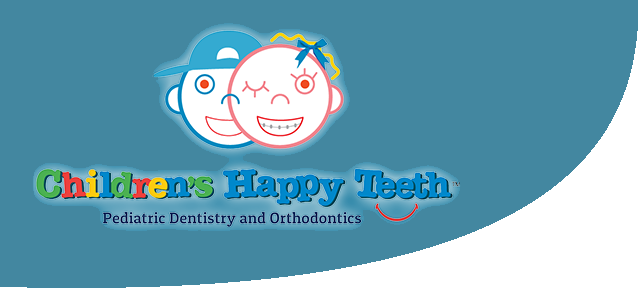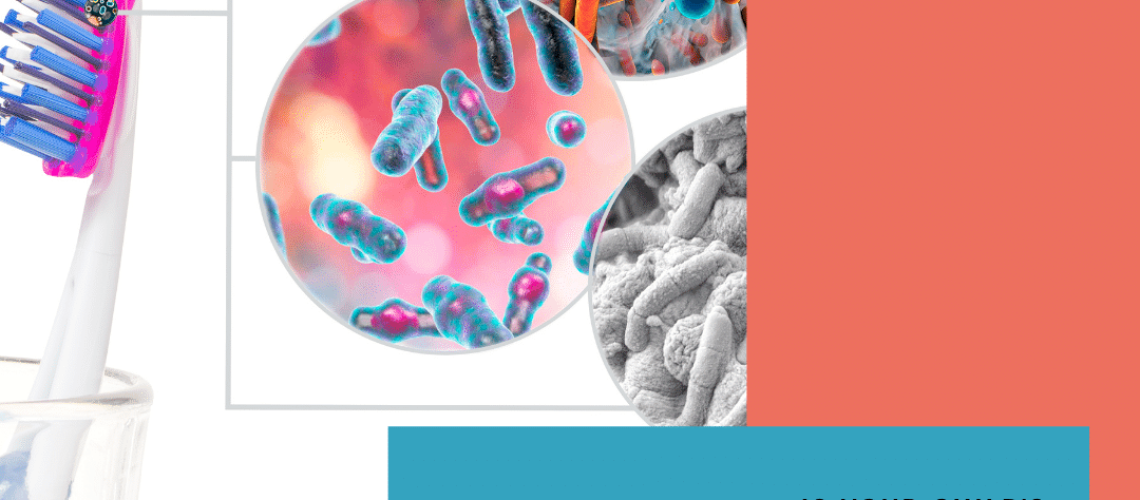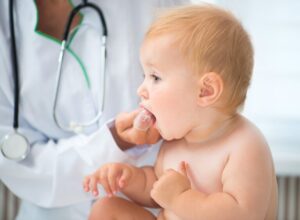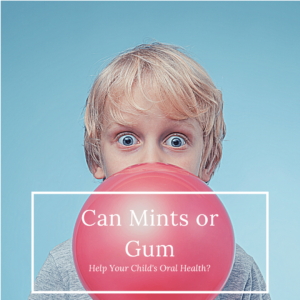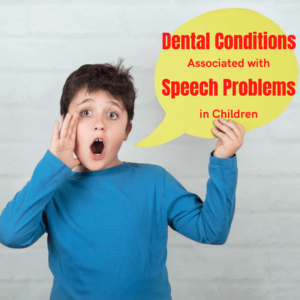Your child’s toothbrush is an important part of keeping their mouth clean and free from cavities. When used as directed, your child’s toothbrush removes plaque and food debris from their mouth at least twice a day. While this is great for removing bacteria from your child’s mouth, have you ever wondered what happens to all that bacteria?
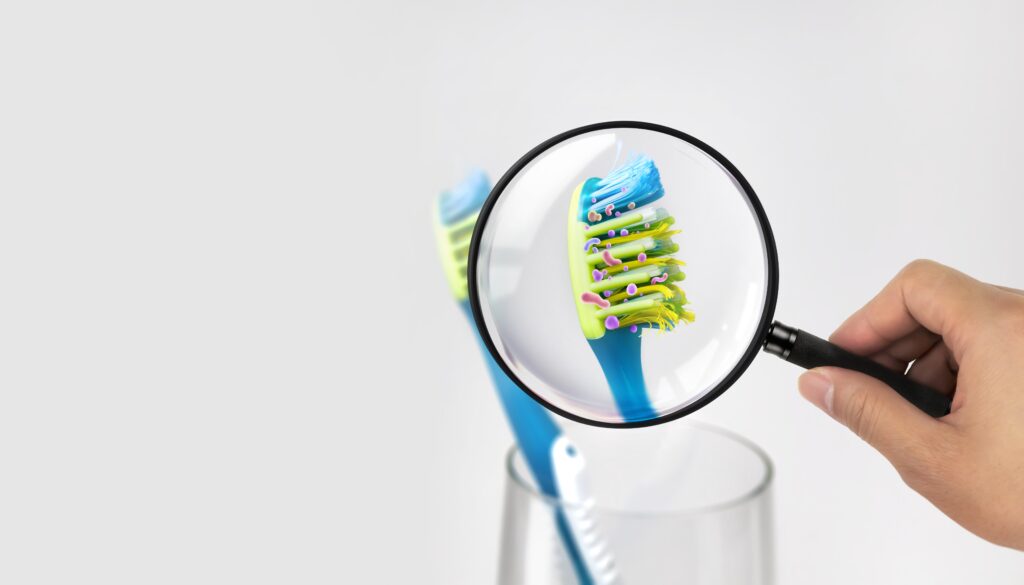
Unfortunately some of this bacteria remains on your child’s toothbrush, even after rinsing the brush. To make matters worse, most toothbrushes are kept in bathrooms, which often have bacteria lingering in the air. Combine these factors with the fact that your child’s toothbrush is often put away wet and now you have an ideal breeding ground for bacteria.
Although research shows that various microorganisms can grow on toothbrushes after use, there is currently no evidence suggesting that these organisms can recontaminate the mouth, nor have they been found to cause oral infections or other adverse health effects. Nevertheless, many dentists still recommend properly caring for your child’s toothbrush in order to keep it as clean as possible. Besides investing in a toothbrush sanitizer, here are some easy ways to keep your child’s toothbrush clean:
Rinse with Hot Water
Rinsing with hot water is an easy and effective way to clean your child’s toothbrush, since hot water can kill a variety of bacteria and is highly accessible. Rinsing before your child brushes their teeth will allow you to remove bacteria that has accumulated, while rinsing after your child brushes allows you to remove new bacteria. With that being said, you will want to help your child rinse their toothbrush so they don’t accidentally burn their hands or mouth.
Soak in Antibacterial Mouthwash
When rinsing with hot water alone doesn’t seem like it is enough, you can also clean your child’s toothbrush by soaking it in a small cup of antibacterial mouthwash for about 2 minutes after each brushing. While this can help decrease bacterial levels, it is also important to note that it can potentially cause their toothbrush to wear down faster.
Don’t Let Them Share

Although you usually find yourself encouraging your child to share their belongings with others, their toothbrush is one thing that they should never share. This is because of the fact that toothbrushes can harbor bacteria that can easily be transferred from one person to another. Along the same lines, you also should make sure that your child’s toothbrush is not able to touch other toothbrushes while being stored. Storing multiple toothbrushes in close proximity can lead to cross contamination.
Keep Their Toothbrush Far from the Toilet
One of the reasons why bathrooms have bacteria circulating through the air is because everytime you flush the toilet this causes fecal matter to rise in the air. This is also known as the “toilet plume” effect and it can allow bacteria to settle on your child’s toothbrush. For this reason, it is recommended to store your child’s toothbrush in a medicine cabinet or at least as far away from the toilet as possible.
Replace Their Toothbrush
Despite your best efforts to keep your child’s toothbrush clean, you will still need to eventually replace the toothbrush. On average, it is recommended to replace your child’s toothbrush when the bristles have worn down, if someone in your household is sick with a contagious disease, or if someone else has used their toothbrush.
